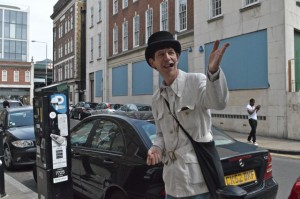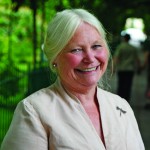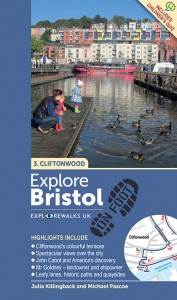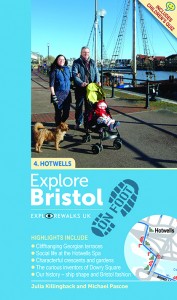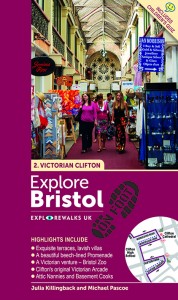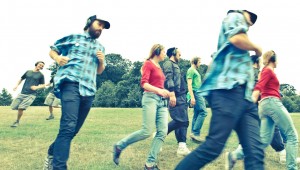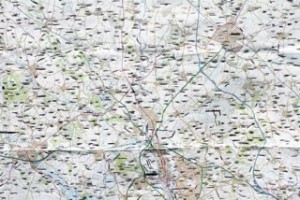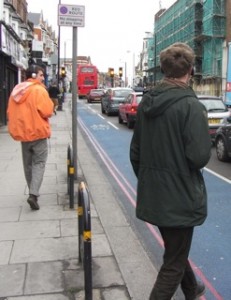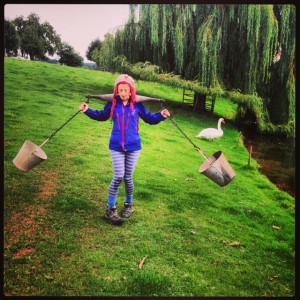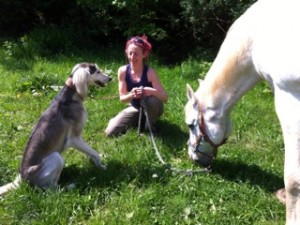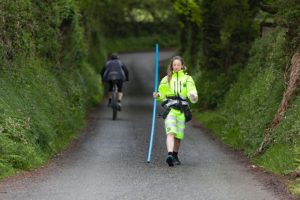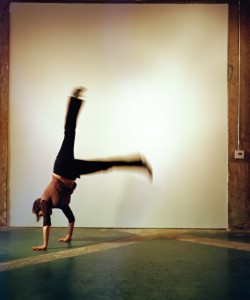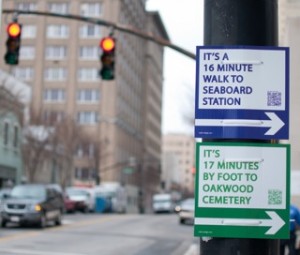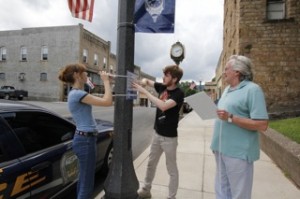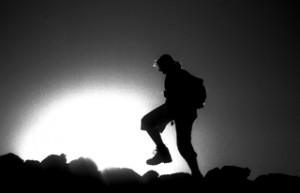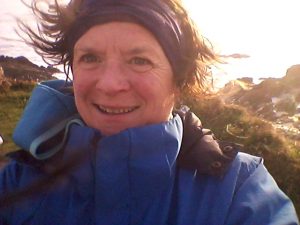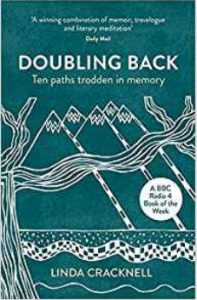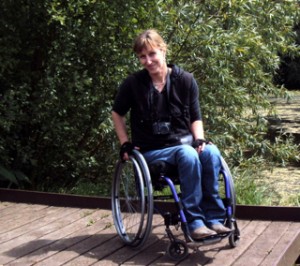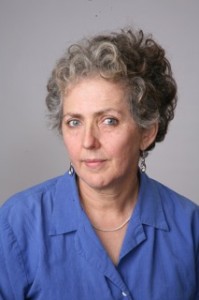Podcast: Play in new window | Download
Subscribe:
Have you been inspired by a piece of travel writing to try a similar endeavour of your own, but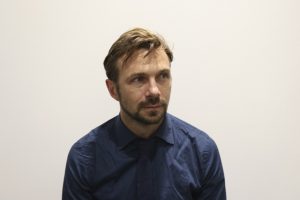 found circumstance or lack of courage has knocked you off your stride? Not so Nick Hunt, who as a teenager, read Patrick Leigh Fermor’s account of a walk across Europe.
found circumstance or lack of courage has knocked you off your stride? Not so Nick Hunt, who as a teenager, read Patrick Leigh Fermor’s account of a walk across Europe. 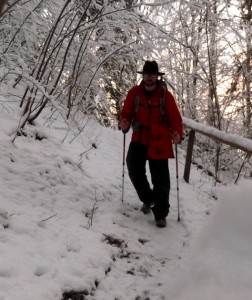 Nick has followed in Fermor’s footsteps, walking from the Hook of Holland to Istanbul, recounting his seven month journey in a book entitled ‘Walking the Woods and the Water’. What pace do you set yourself? How do you keep yourself going? Who do you have as your companions? What do you learn about yourself and about walking? As I try to keep up with Nick on a walk along the popular canal towpath from Broadway Market to Islington, I ask him these questions and more. 29’27″14.5MB
Nick has followed in Fermor’s footsteps, walking from the Hook of Holland to Istanbul, recounting his seven month journey in a book entitled ‘Walking the Woods and the Water’. What pace do you set yourself? How do you keep yourself going? Who do you have as your companions? What do you learn about yourself and about walking? As I try to keep up with Nick on a walk along the popular canal towpath from Broadway Market to Islington, I ask him these questions and more. 29’27″14.5MB
Download notes from the interview with Nick_Hunt
Want to hear more from Nick Hunt? Try his audio field guide on How to walk across Europe
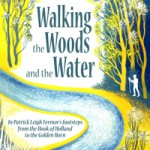 Buy: Nick Hunt’s Walking the woods and the water published in trade paperback by Nicholas Brealey Publishing.
Buy: Nick Hunt’s Walking the woods and the water published in trade paperback by Nicholas Brealey Publishing.
Photo credits: Nick Hunt
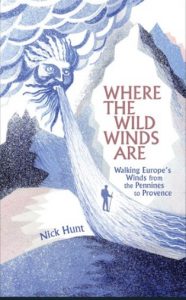
Where the wild winds are – published in 2017 – It describes a series of walks following the invisible pathways of some of Europe’s named winds – Helm, Bora, Sirocco, Foehn, Mistral – to discover how they affect landscapes, people and cultures. READ MORE
“Where the Wild Winds are” was shortlisted for the National Geographic Traveller Reader Award for 2018 
 What has Nick done since our interview
What has Nick done since our interview
“In the past year I have moved from London to Bristol, but am currently looking after a small cottage in the Lake District for the coldest, darkest, wettest of the seasons. In 2016 I spent three months living and working in Atlantis Books, a bookshop on the Greek island of Santorini, and last year led a group of friends on a ten-day walk through the Accursed Mountains of Albania, Kosovo and Montenegro. I’ve been continuing to work with the Dark Mountain Project as editor and contributor, publishing two books of (loosely) ecological and ‘uncivilised’ writing a year. But my main project has been a series of walks following the invisible pathways of some of Europe’s named winds – Helm, Bora, Foehn, Mistral, Sirocco – to discover how they affect landscapes, people and cultures. The book about these journeys, Where the Wild Winds Are, was published in September 2017 by Nicholas Brealey, and is soon being translated into Italian, German and Dutch. Currently I am working on a book about London’s feral green parakeets for Paradise Road.”
Indie publisher Paradise Road published in Autumn 2018, Nick’s study of parakeets in London – you can get a taste of it in this article that Nick wrote.
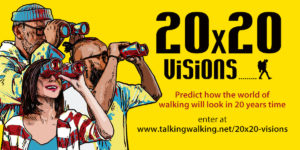
Nick Hunt shares his 20×20 Vision of walking in 2040
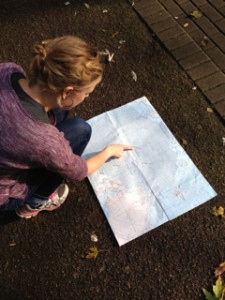 Lisa Pook is a fun-loving outdoorsy woman, just an ordinary person (so she says), but she has chosen an adventure that one can’t help thinking is a bit bonkers – not least because it is hard to grasp where she is planning to go, or how she will know when she actually gets there. Add to the
Lisa Pook is a fun-loving outdoorsy woman, just an ordinary person (so she says), but she has chosen an adventure that one can’t help thinking is a bit bonkers – not least because it is hard to grasp where she is planning to go, or how she will know when she actually gets there. Add to the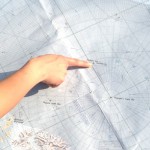 mix, freezing cold temperatures and hurricane force winds, no wonder she is happy to be picked up to fly the return leg home, makes you wonder what makes her want to set out in the first place.
mix, freezing cold temperatures and hurricane force winds, no wonder she is happy to be picked up to fly the return leg home, makes you wonder what makes her want to set out in the first place.

